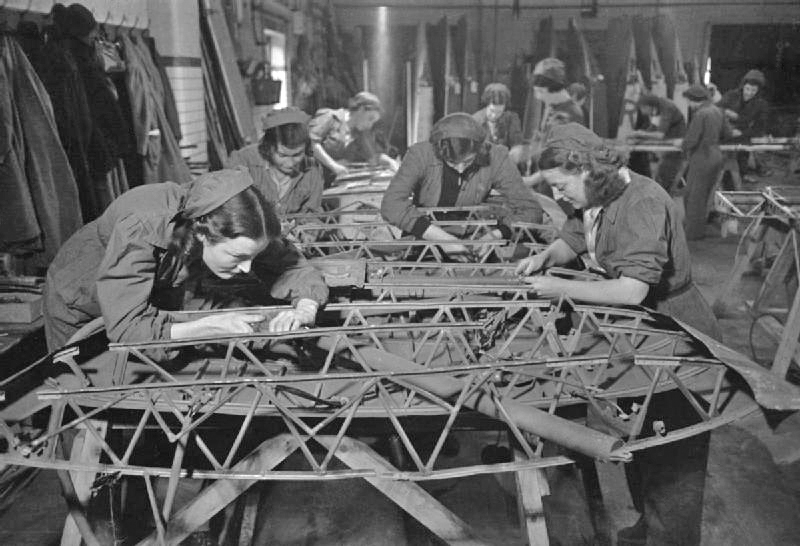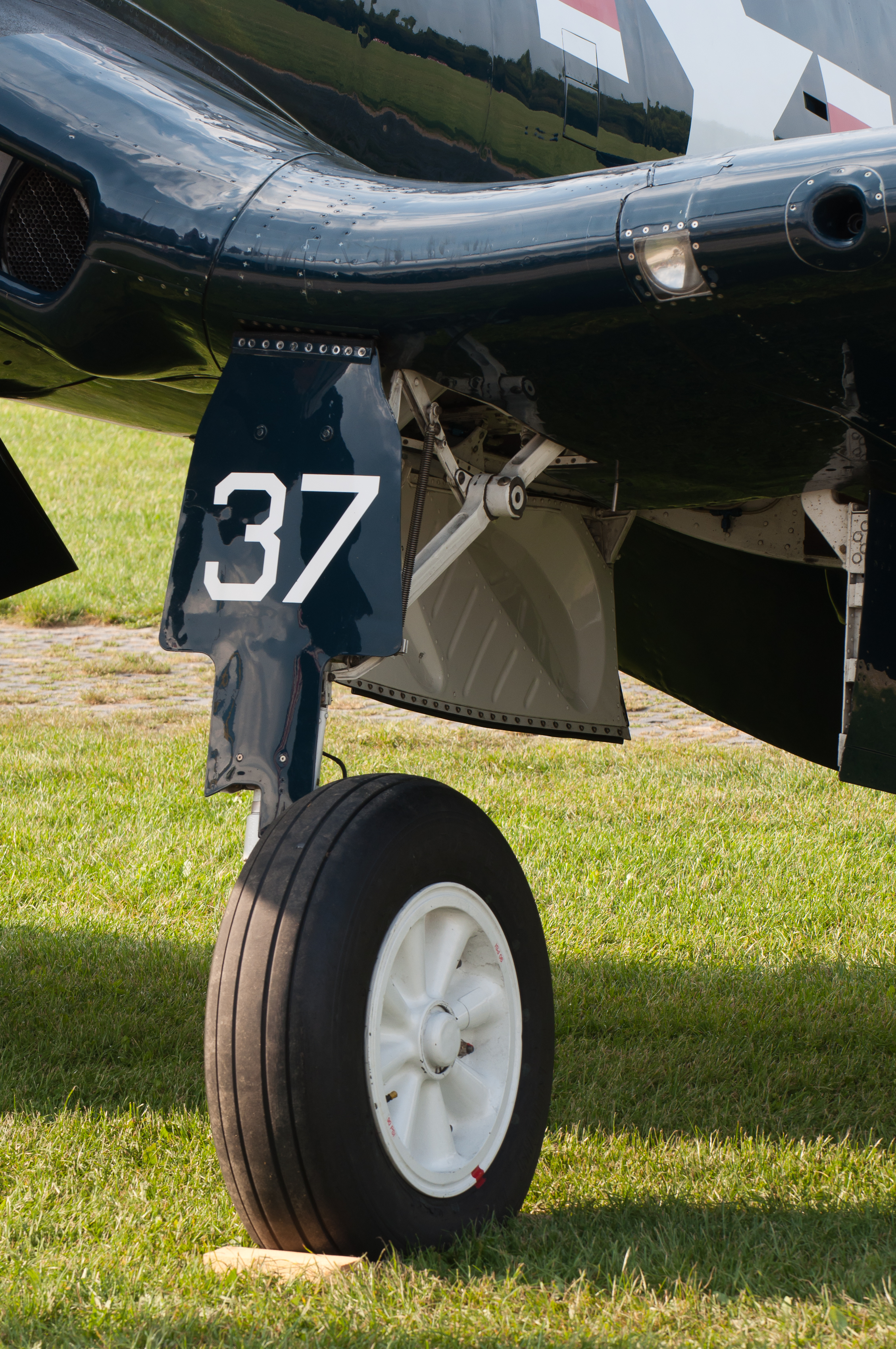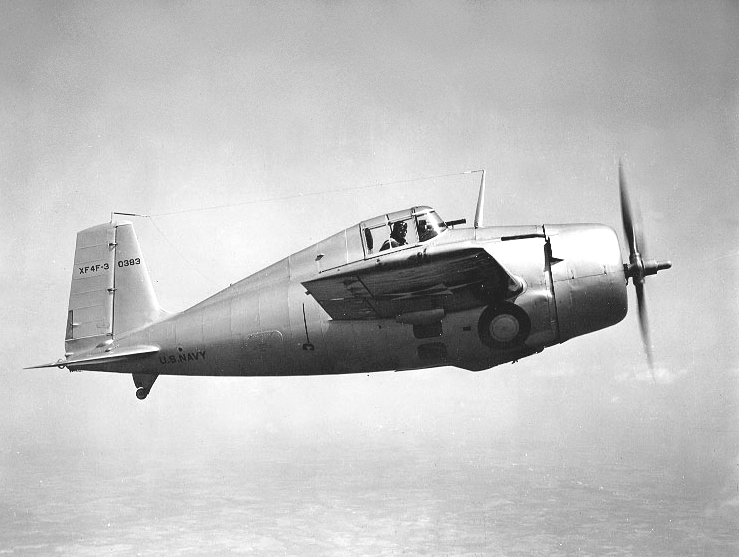|
HMS Slinger (D26)
USS ''Chatham'' (CVE-32) (originally designated AVG-32, then later ACV-32) was built at the Seattle-Tacoma S/Y, Hull #27, Seattle, Washington and transferred to the United Kingdom 11 August 1943 under lend-lease and renamed HMS ''Slinger'' (D26). Outfitted by the British as a transport carrier, the ship was mined on 5 February 1944 but returned to service, 17 October. In 1945, she was transferred for service in the Pacific as a fighter carrier and was attached to the 30th Aircraft Carrier Squadron. Following the war, she was returned to United States custody on 27 February 1946 and was sold/converted by Robin Line 21 November 1946 as ''Robin Mowbray''. Moore-McCormack Lines, Inc., purchased Robin Line in 1958. She was scrapped in Kaohsiung Taiwan Taiwan, officially the Republic of China (ROC), is a country in East Asia, at the junction of the East and South China Seas in the northwestern Pacific Ocean, with the People's Republic of China (PRC) to the northwest, Japa ... [...More Info...] [...Related Items...] OR: [Wikipedia] [Google] [Baidu] |
Seattle-Tacoma Shipbuilding Corporation
The Seattle-Tacoma Shipbuilding Corporation (also operating as Todd Pacific) was an American corporation which built escort carriers, destroyers, cargo ships and auxiliaries for the United States Navy and merchant marine during World War II in two yards in Puget Sound, Washington. It was the largest producer of destroyers (45) on the West Coast and the largest producer of escort carriers of various classes (56) of any United States yard active during World War II. History The Todd Corporation, just having established itself in New York, acquired Seattle Construction and Drydock Company (a.k.a. ''The Moran Brothers Shipyard'' of Klondike Gold Rush fame) in Seattle Harbor during World War I some time in 1916. The yard was acquired in 1918 by Skinner & Eddy. Todd moved his Seattle operation to nearby Harbor Island where a repair facility was constructed. In 1917 the company also set foot in Tacoma, where the first work on facilities was underway in January 1917 and the fir ... [...More Info...] [...Related Items...] OR: [Wikipedia] [Google] [Baidu] |
Starboard
Port and starboard are nautical terms for watercraft and aircraft, referring respectively to the left and right sides of the vessel, when aboard and facing the bow (front). Vessels with bilateral symmetry have left and right halves which are mirror images of each other. One asymmetric feature is where access to a boat, ship, or aircraft is at the side, it is usually only on the port side (hence the name). Side Port and starboard unambiguously refer to the left and right side of the vessel, not the observer. That is, the port side of the vessel always refers to the same portion of the vessel's structure, and does not depend on which way the observer is facing. The port side is the side of the vessel which is to the left of an observer aboard the vessel and , that is, facing forward towards the direction the vehicle is heading when underway, and starboard side is to the right of such an observer. This convention allows orders and information to be given unambiguously, wi ... [...More Info...] [...Related Items...] OR: [Wikipedia] [Google] [Baidu] |
Twin 40mm Bofors Gun On Escort Carrier
Twins are two offspring produced by the same pregnancy.MedicineNet > Definition of TwinLast Editorial Review: 19 June 2000 Twins can be either ''monozygotic'' ('identical'), meaning that they develop from one zygote, which splits and forms two embryos, or ''dizygotic'' ('non-identical' or 'fraternal'), meaning that each twin develops from a separate egg and each egg is fertilized by its own sperm cell. Since identical twins develop from one zygote, they will share the same sex, while fraternal twins may or may not. In rare cases twins can have the same mother and different fathers (heteropaternal superfecundation). In contrast, a fetus that develops alone in the womb (the much more common case, in humans) is called a ''singleton'', and the general term for one offspring of a multiple birth is a ''multiple''. Unrelated look-alikes whose resemblance parallels that of twins are referred to as doppelgängers. Statistics The human twin birth rate in the United States rose 76% from ... [...More Info...] [...Related Items...] OR: [Wikipedia] [Google] [Baidu] |
Anti-submarine
An anti-submarine weapon (ASW) is any one of a number of devices that are intended to act against a submarine and its crew, to destroy (sink) the vessel or reduce its capability as a weapon of war. In its simplest sense, an anti-submarine weapon is usually a projectile, missile or bomb that is optimized to destroy submarines. History Before World War I Prior to about 1890, naval weapons were only used against surface shipping. With the rise of the military submarine after this time, countermeasures were considered for use against them. The first submarine installation of torpedo tubes was in 1885 and the first ship was sunk by a submarine-launched torpedo in 1887. There were only two ways of countering the military submarine initially: ramming them or sinking them with gunfire. However, once they were submerged, they were largely immune until they had to surface again. By the start of the First World War there were nearly 300 submarines in service with another 80 in productio ... [...More Info...] [...Related Items...] OR: [Wikipedia] [Google] [Baidu] |
Grumman Avenger
The Grumman TBF Avenger (designated TBM for aircraft manufactured by General Motors) is an American World War II-era torpedo bomber developed initially for the United States Navy and Marine Corps, and eventually used by several air and naval aviation services around the world. The Avenger entered U.S. service in 1942, and first saw action during the Battle of Midway. Despite the loss of five of the six Avengers on its combat debut, it survived in service to become the most effective and widely-used torpedo bomber of World War II, sharing credit for sinking the super-battleships and (the only ships of that type sunk exclusively by American aircraft while under way) and being credited for sinking 30 submarines. Greatly modified after the war, it remained in use until the 1960s.Wheeler 1992, p. 53. Design and development The Douglas TBD Devastator, the U.S. Navy's main torpedo bomber introduced in 1935, was obsolescent by 1939. Bids were accepted from several companies, but Gru ... [...More Info...] [...Related Items...] OR: [Wikipedia] [Google] [Baidu] |
Fairey Swordfish
The Fairey Swordfish is a biplane torpedo bomber, designed by the Fairey Aviation Company. Originating in the early 1930s, the Swordfish, nicknamed "Stringbag", was principally operated by the Fleet Air Arm of the Royal Navy. It was also used by the Royal Air Force (RAF), as well as several overseas operators, including the Royal Canadian Air Force (RCAF) and the Royal Netherlands Navy. It was initially operated primarily as a fleet attack aircraft. During its later years, the Swordfish was increasingly used as an anti-submarine and training platform. The type was in frontline service throughout the Second World War. Despite being outmoded by 1939, the Swordfish achieved some spectacular successes during the war. Notable events included sinking one battleship and damaging two others of the ''Regia Marina'' (the Italian navy) during the Battle of Taranto, and the famous attack on the German battleship ''Bismarck'', which contributed to her eventual demise. Swordfish sank ... [...More Info...] [...Related Items...] OR: [Wikipedia] [Google] [Baidu] |
Fighter Aircraft
Fighter aircraft are fixed-wing aircraft, fixed-wing military aircraft designed primarily for air-to-air combat. In military conflict, the role of fighter aircraft is to establish air supremacy, air superiority of the battlespace. Domination of the airspace above a battlefield permits bombers and attack aircraft to engage in tactical bombing, tactical and strategic bombing of enemy targets. The key performance features of a fighter include not only its firepower but also its high speed and maneuverability relative to the target aircraft. The success or failure of a combatant's efforts to gain air superiority hinges on several factors including the skill of its pilots, the tactical soundness of its doctrine for deploying its fighters, and the numbers and performance of those fighters. Many modern fighter aircraft also have secondary capabilities such as ground-attack aircraft, ground attack and some types, such as fighter-bombers, are designed from the outset for dual roles. ... [...More Info...] [...Related Items...] OR: [Wikipedia] [Google] [Baidu] |
Hawker Hurricane Variants
The Hawker Hurricane was a British single-seat fighter aircraft designed and predominantly built by Hawker Aircraft Ltd. Some versions were built in Canada by the Canada Car and Foundry Co Ltd British variants Hurricane Mk I ; Hurricane Mk I (Early production) The first Mk I production machines were ready fairly quickly, with deliveries starting in December 1937. These early aircraft featured fabric-covered wings, and a wooden, two-bladed, fixed- pitch propeller. Initially the tailwheel was designed to be retractable; early on it was discovered that the Hurricane needed a larger rudder area to improve the control characteristics during a spin. To this end the lower part of the rudder was extended and a distinctive ventral "keel" was added to the rear fuselage. The tailwheel was now fixed. Early Hurricanes lacked armour or self-sealing tanks. They used "ring and bead" gunsights, with the ring being mounted above the instrument panel and the bead mounted on a post above the e ... [...More Info...] [...Related Items...] OR: [Wikipedia] [Google] [Baidu] |
Vought F4U Corsair
The Vought F4U Corsair is an American fighter aircraft which saw service primarily in World War II and the Korean War. Designed and initially manufactured by Chance Vought, the Corsair was soon in great demand; additional production contracts were given to Goodyear, whose Corsairs were designated FG, and Brewster, designated F3A. The Corsair was designed and operated as a carrier-based aircraft, and entered service in large numbers with the U.S. Navy in late 1944 and early 1945. It quickly became one of the most capable carrier-based fighter-bombers of World War II. Some Japanese pilots regarded it as the most formidable American fighter of World War II and its naval aviators achieved an 11:1 kill ratio. Early problems with carrier landings and logistics led to it being eclipsed as the dominant carrier-based fighter by the Grumman F6F Hellcat, powered by the same Double Wasp engine first flown on the Corsair's initial prototype in 1940. Instead, the Corsair's early deplo ... [...More Info...] [...Related Items...] OR: [Wikipedia] [Google] [Baidu] |
Grumman Martlet
The Grumman F4F Wildcat is an American carrier-based fighter aircraft that entered service in 1940 with the United States Navy, and the British Royal Navy where it was initially known as the Martlet. First used by the British in the North Atlantic, the Wildcat was the only effective fighter available to the United States Navy and Marine Corps in the Pacific Theater during the early part of the Second World War. The disappointing Brewster Buffalo was withdrawn in favor of the Wildcat and replaced as aircraft became available. With a top speed of , the Wildcat was outperformed by the faster (), more maneuverable, and longer-ranged Mitsubishi A6M Zero. US Navy pilots, including John "Jimmy" Thach, a pioneer of fighter tactics to deal with the A6M Zero, were greatly dissatisfied with the Wildcat's inferior performance against the Zero in the battles of the Coral Sea and Midway. The Wildcat has a claimed air combat kill-to-loss ratio of 5.9:1 in 1942 and 6.9:1 for the entire war.Po ... [...More Info...] [...Related Items...] OR: [Wikipedia] [Google] [Baidu] |
Anti-aircraft Gun
Anti-aircraft warfare, counter-air or air defence forces is the battlespace response to aerial warfare, defined by NATO as "all measures designed to nullify or reduce the effectiveness of hostile air action".AAP-6 It includes surface based, subsurface ( submarine launched), and air-based weapon systems, associated sensor systems, command and control arrangements, and passive measures (e.g. barrage balloons). It may be used to protect naval, ground, and air forces in any location. However, for most countries, the main effort has tended to be homeland defence. NATO refers to airborne air defence as counter-air and naval air defence as anti-aircraft warfare. Missile defence is an extension of air defence, as are initiatives to adapt air defence to the task of intercepting any projectile in flight. In some countries, such as Britain and Germany during the Second World War, the Soviet Union, and modern NATO and the United States, ground-based air defence and air defence airc ... [...More Info...] [...Related Items...] OR: [Wikipedia] [Google] [Baidu] |

.jpg)
.jpg)







